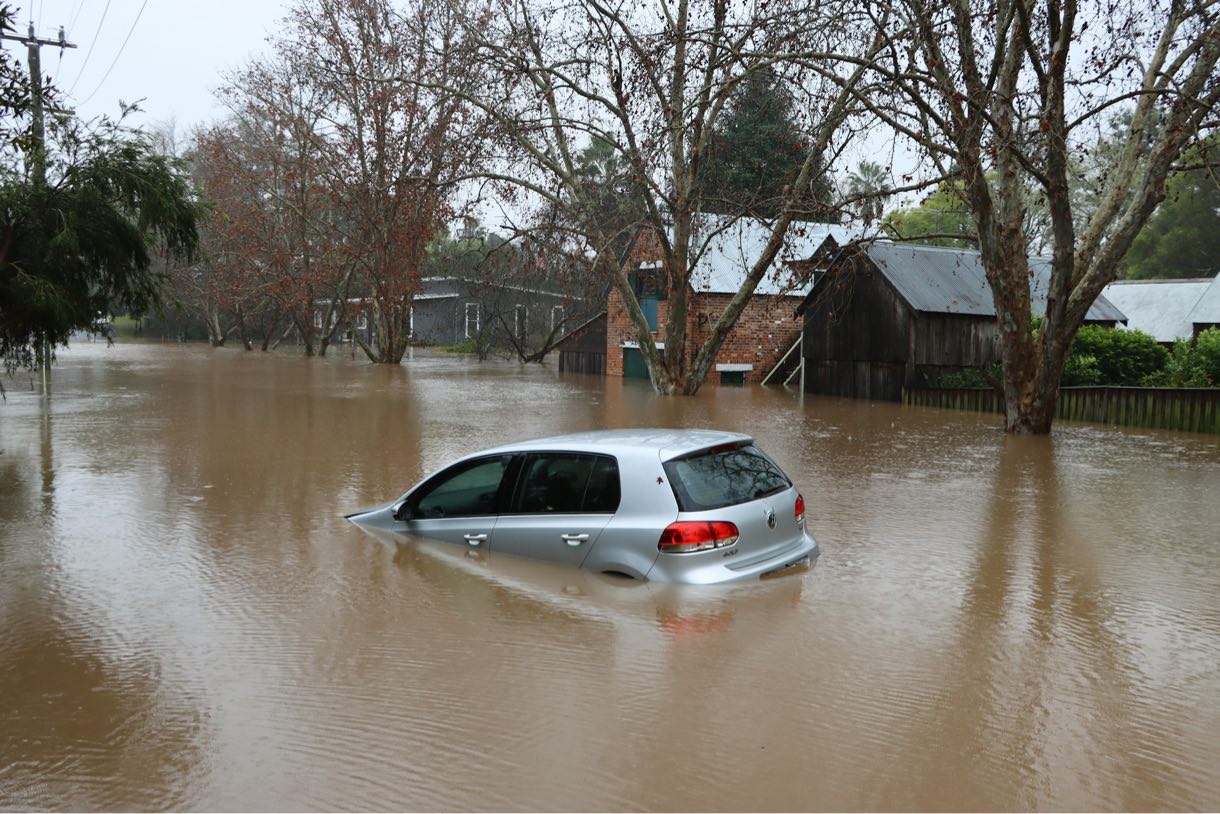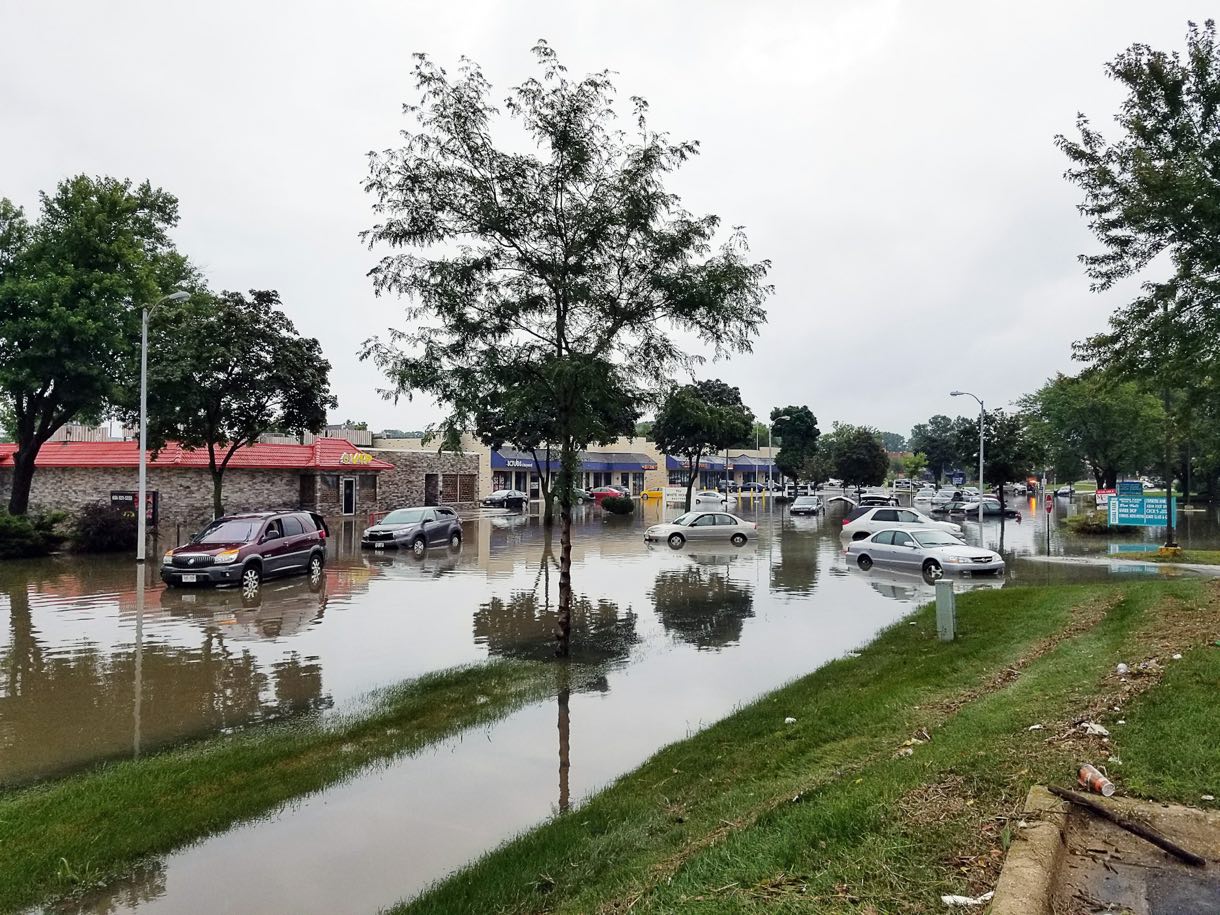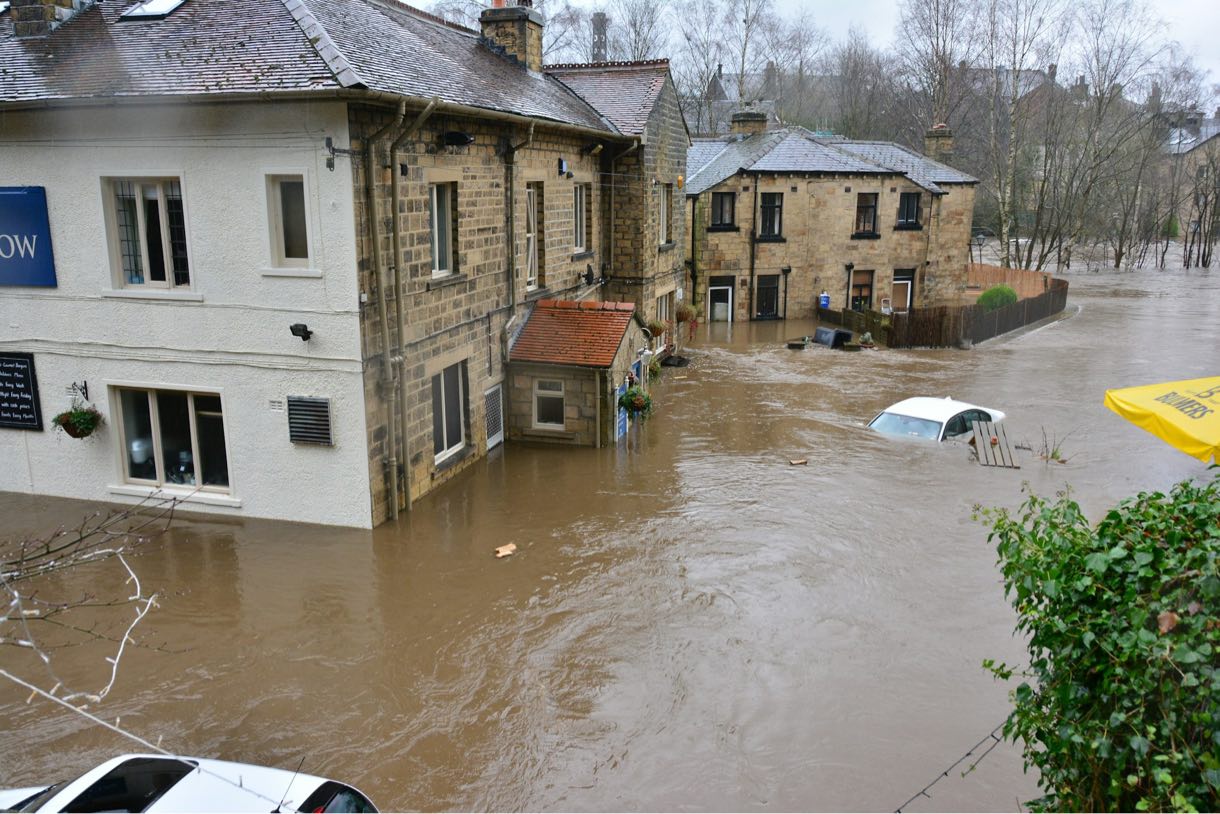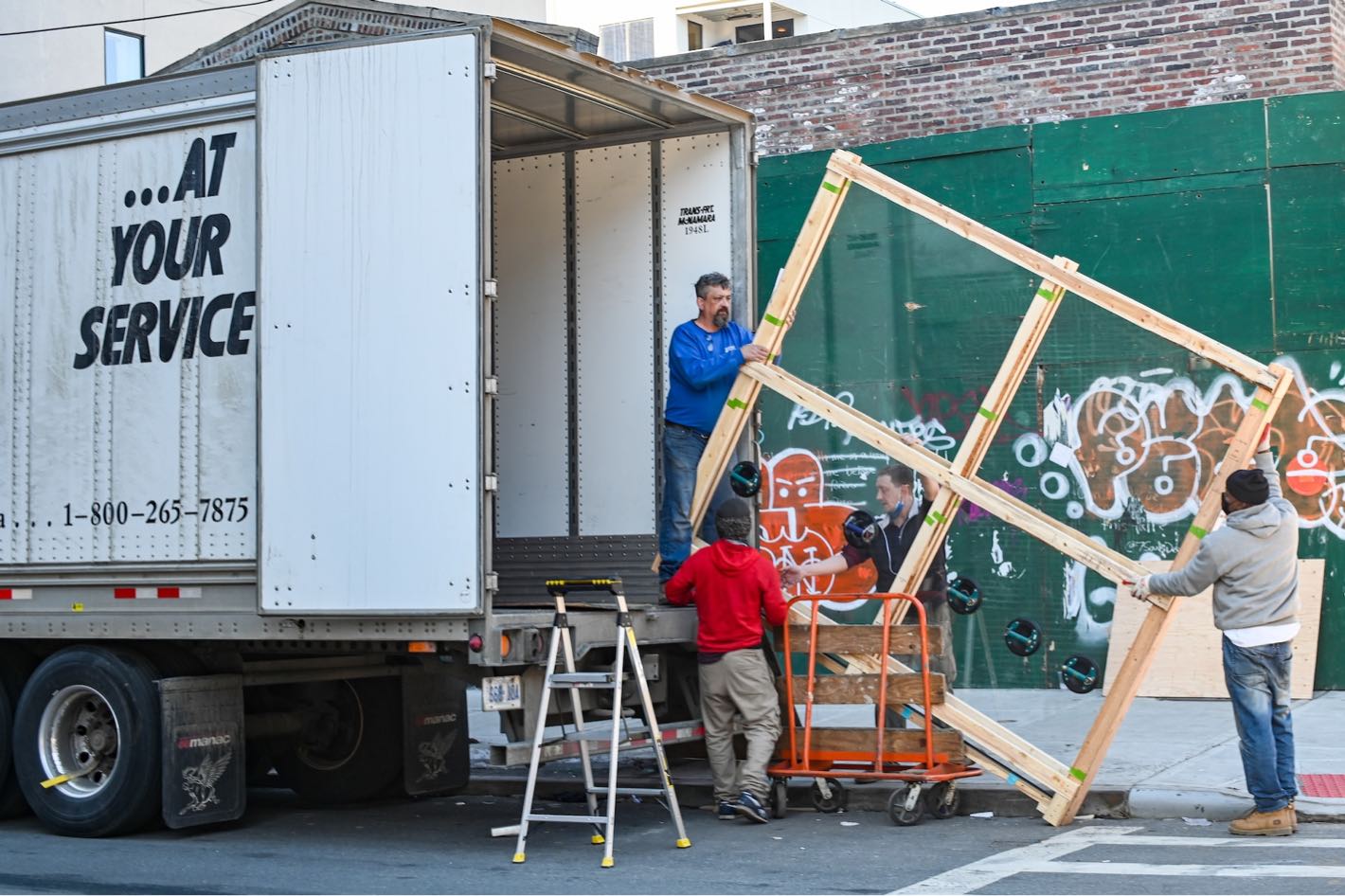When a natural catastrophe occurs in the form of a flood, the damage that is caused to vehicles may be both quick and severe. It is possible for water to seep into every nook and cranny of a car, from the engine compartment to the cabin, and cause damage that is both obvious and concealed. In order to protect the structural integrity of your car and potentially save thousands of dollars in repair expenses, it is essential to have the knowledge and skills necessary to respond swiftly and efficiently. Taking a complete look at the procedures that need to be taken to safeguard your vehicle from flooding and handle any damages that may occur in the event that your vehicle becomes flooded is the purpose of this comprehensive guide.

It is essential that you have a quick reaction time in order to evaluate and minimize the damage that has been done to your vehicle after a flood.
Listed below are the initial actions that you should take:
- Check the Oil: Please check your oil dipstick as soon as possible. If the oil has a brownish color or a milky appearance, this is an indication that water has polluted the oil, which poses a significant risk to the engine performance on your vehicle. In these kinds of situations, you should avoid starting the engine because doing so might result in more serious damage.
- Disconnect the Battery: Disconnect the battery from the vehicle as soon as possible to avoid any potential electrical harm. The prevention of problems such as electrical fires and short circuits in a water-compromised system will be facilitated by this measure. Always protect yourself by using rubber gloves throughout this process, and make sure to follow the instructions provided in the manual for your car.
When there is water present in the engine, a condition known as hydrolock can develop. This condition can prevent your engine from turning over, which can result in substantial damage.
- Remove Spark Plugs: Make sure to identify each plug before gently removing it with a spark plug wrench. This will guarantee that the plugs are reinstalled correctly. Turning the engine over manually using the crankshaft pulley can assist in removing any water that may be present in the combustion chambers. This should be done after the plugs have been removed.
- Assess and Reinstall: To guarantee that your engine operates without any hiccups once it has been determined safe to do so, you should replace the spark plugs to the torque indicated by the manufacturer after turning the engine over a few times.

The presence of floodwater inside your vehicle can result in the growth of mold and mildew, in addition to a variety of other problems that put your vehicle’s comfort and safety at risk.
- Remove and Dry: First things first, take out all of the damp stuff, such as the seat coverings and the floor mats. Make use of a wet/dry vacuum to remove any water that may be standing, and then use a dry towel to clean all of the surfaces.
- Air Out: In order to let the internal air out, open all of the doors and windows. If you are able to do so, you should park your vehicle in full sunshine so that it can dry more quickly. You might want to think about employing fans to move air around more efficiently.
- Dehumidify: Make use of a dehumidifier to lower the amount of moisture that is present in the air within your vehicle, which will assist in avoiding the formation of mold.
Due to the fact that the existence of mold and mildew might pose a threat to your health, it is an absolute necessity to address this matter as soon as possible.
- Inspect and Clean: When you have finished removing the inside components, check each and every place for the presence of mold. In order to completely clean any places that have been contaminated, use a solution consisting of white vinegar and water.
- Protect Yourself: When working with mold, it is imperative that you always use gloves and a mask to prevent breathing spores.
- Professional Cleaning: In the event that the infestation appears to be widespread, you should think about employing a professional cleaning service in order to guarantee that your car is fully cleaned.

Even if you have completed all of the measures listed above, it is still extremely important to have a qualified technician examine your car thoroughly.
- Detailed Inspection: Your vehicle may be inspected by a technician to see whether or not it has any hidden damage, particularly problems with the electrical system and engine components that may not be immediately noticeable.
- Repair vs. Replace: It is possible that the technician will suggest repairs or, in extreme circumstances, the replacement of the car, depending on the degree of the damage caused by the flood.
It is possible to lessen the severity of the damage that water damage has caused to your car by taking fast and effective action. Following these measures can increase the likelihood of your vehicle recovering from a flood. These actions include checking the oil, disconnecting the battery, removing the spark plugs, drying the inside, and resolving any mold concerns that may have occurred.

Ship A Car, Inc. is the go-to company for all your auto transportation needs, particularly when moving to a safer place or following damage recovery. Your car is in good hands because of the BBB’s A+ rating and the continuous positive feedback. Call (866) 821-4555 to speak with a SAC transport adviser who can help make your auto shipping experience easy and stress-free.
Q: What immediate steps should I take if my car floods?
A: Make sure the oil is free of any water contamination as soon as possible, disconnect the battery, and remove the spark plugs if it is safe to do so. This will help prevent hydrolock.
Q: How can I dry out my car’s interior after a flood?
A: All objects that are wet should be removed, a wet/dry vacuum should be used to remove water, and the vehicle should be properly aired out. Make use of a dehumidifier in order to lessen the amount of moisture.
Q: Is it necessary to have my car professionally inspected after flooding?
A: Indeed, it is essential to have a professional inspection performed in order to locate and resolve any potential concealed defects that may result in concerns regarding operation and safety in the future.




